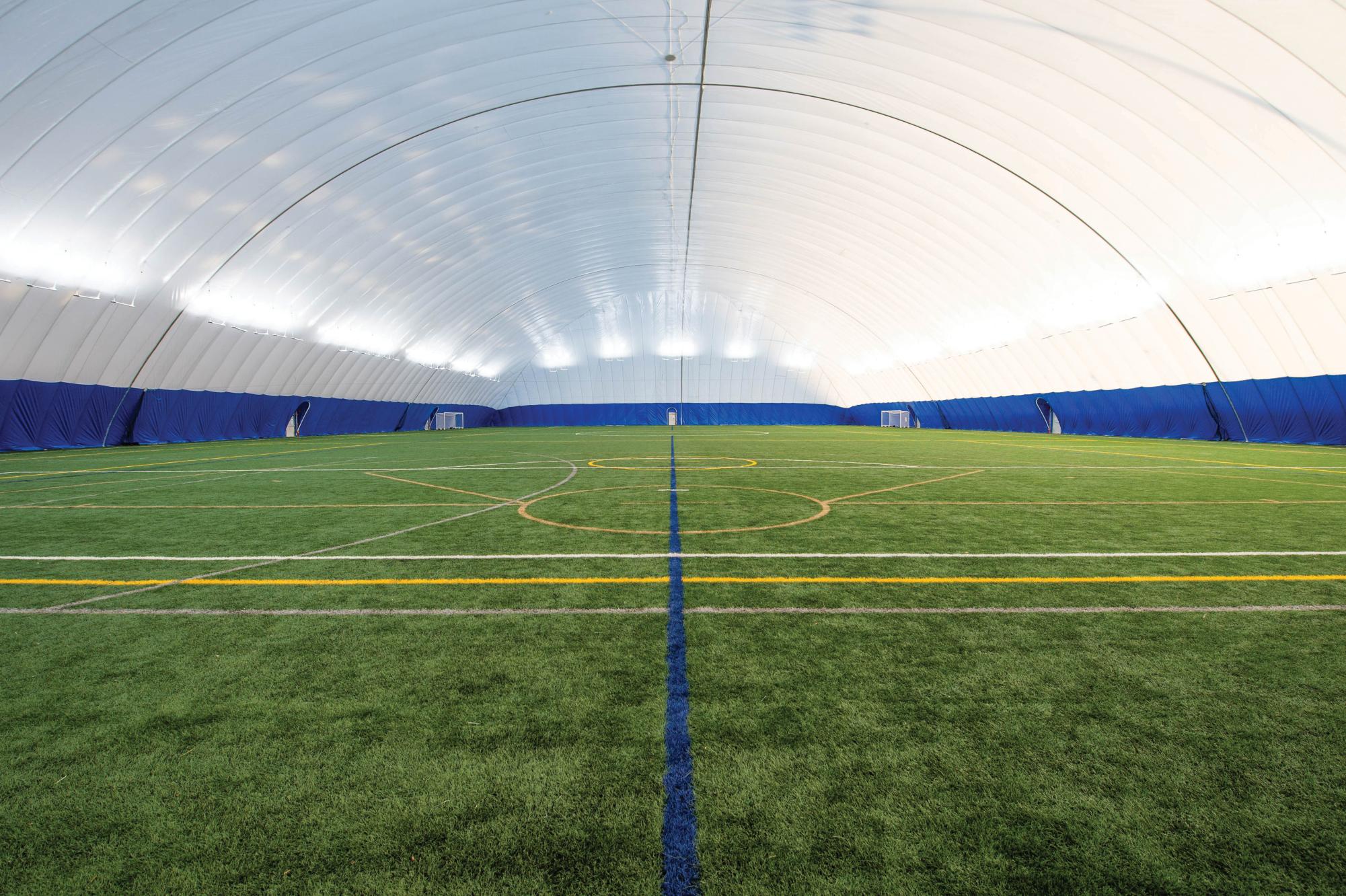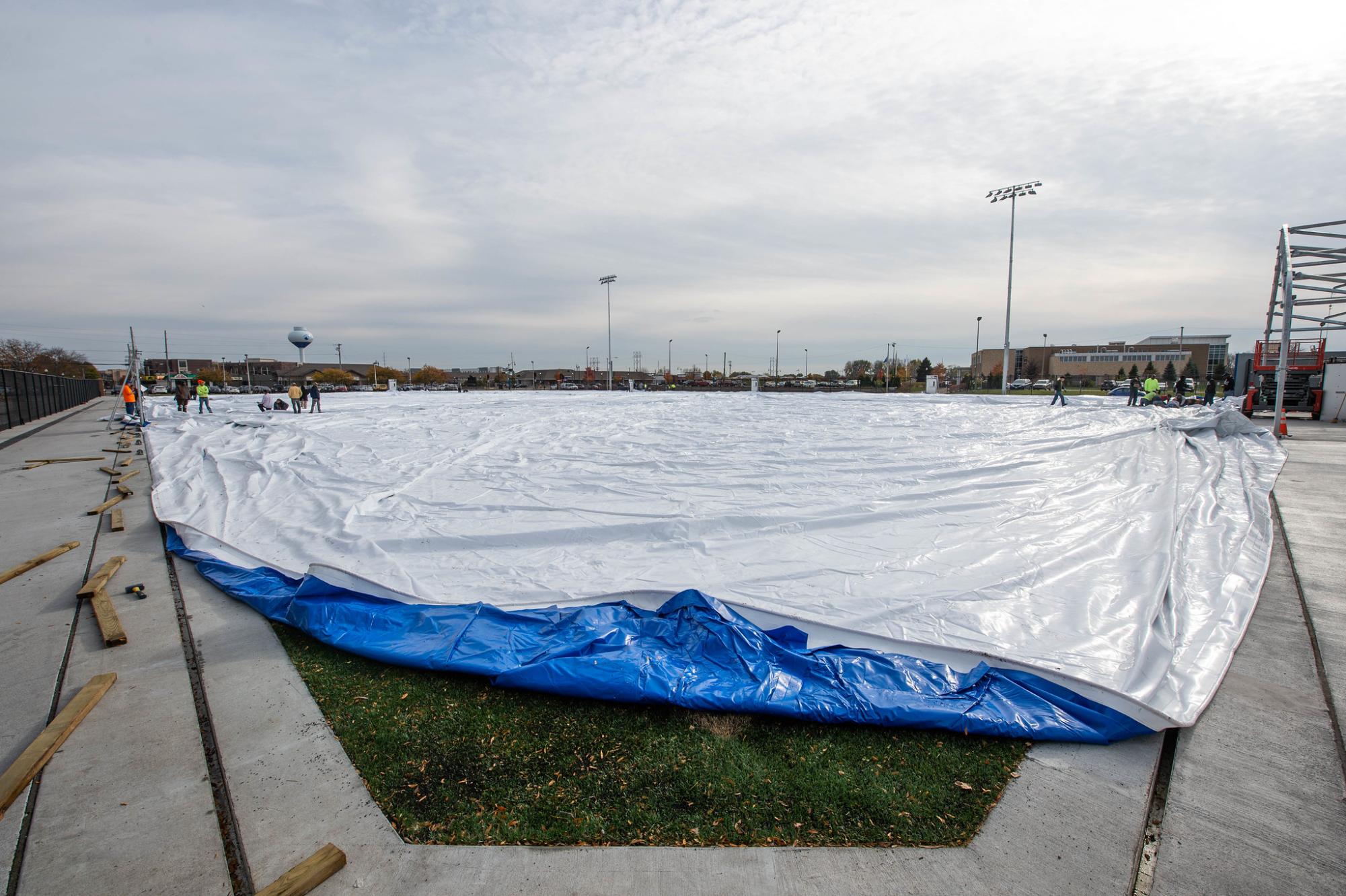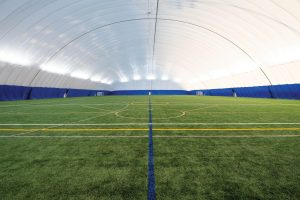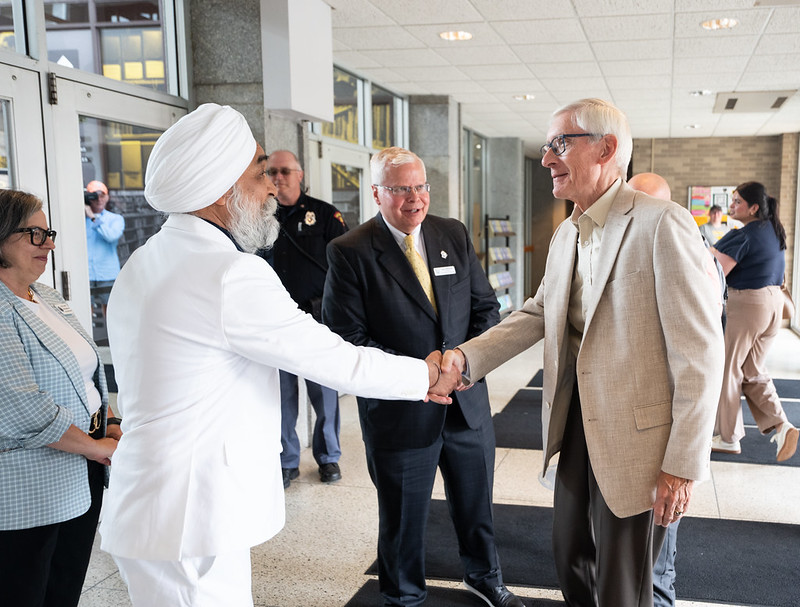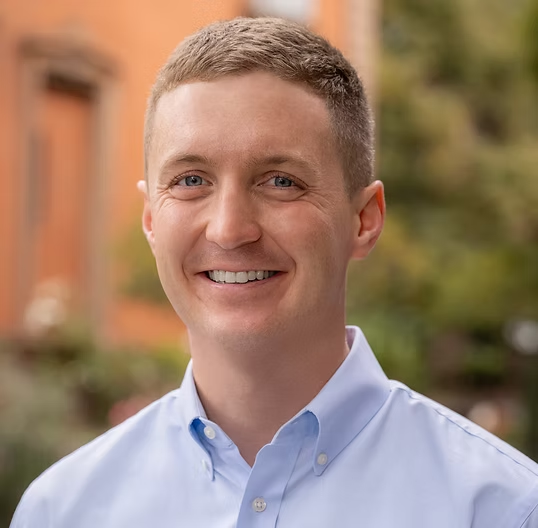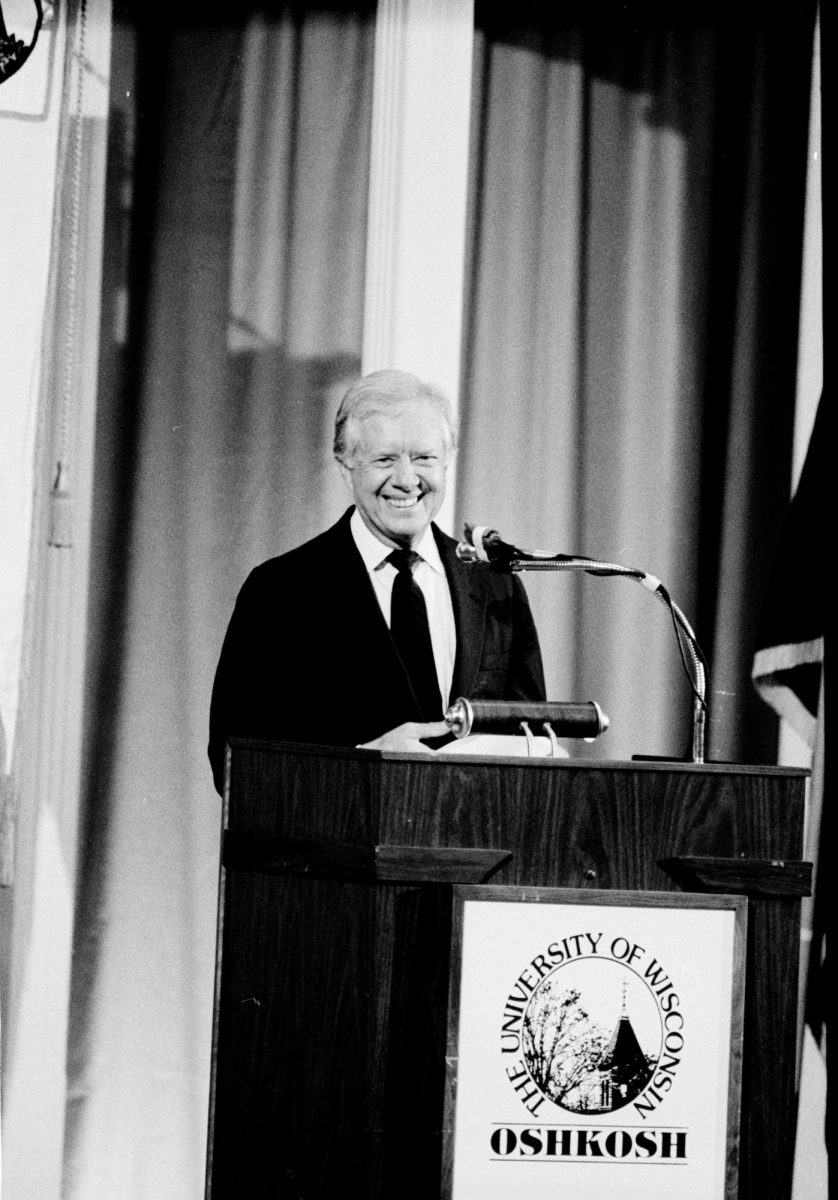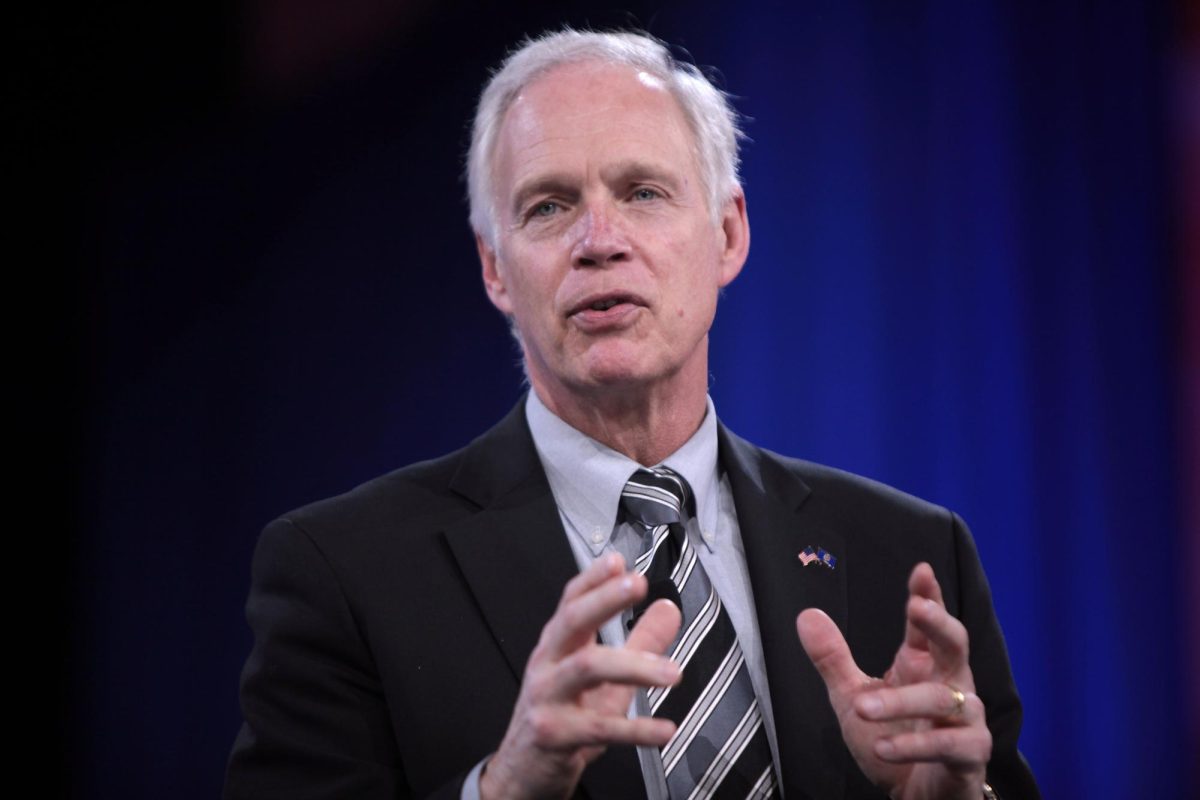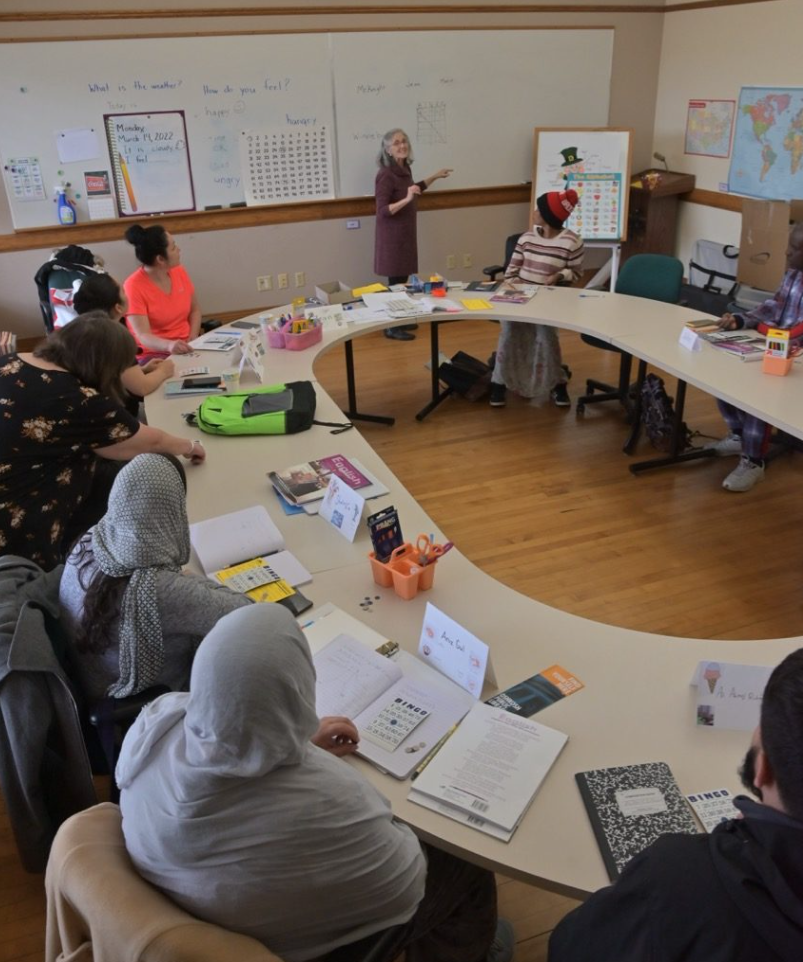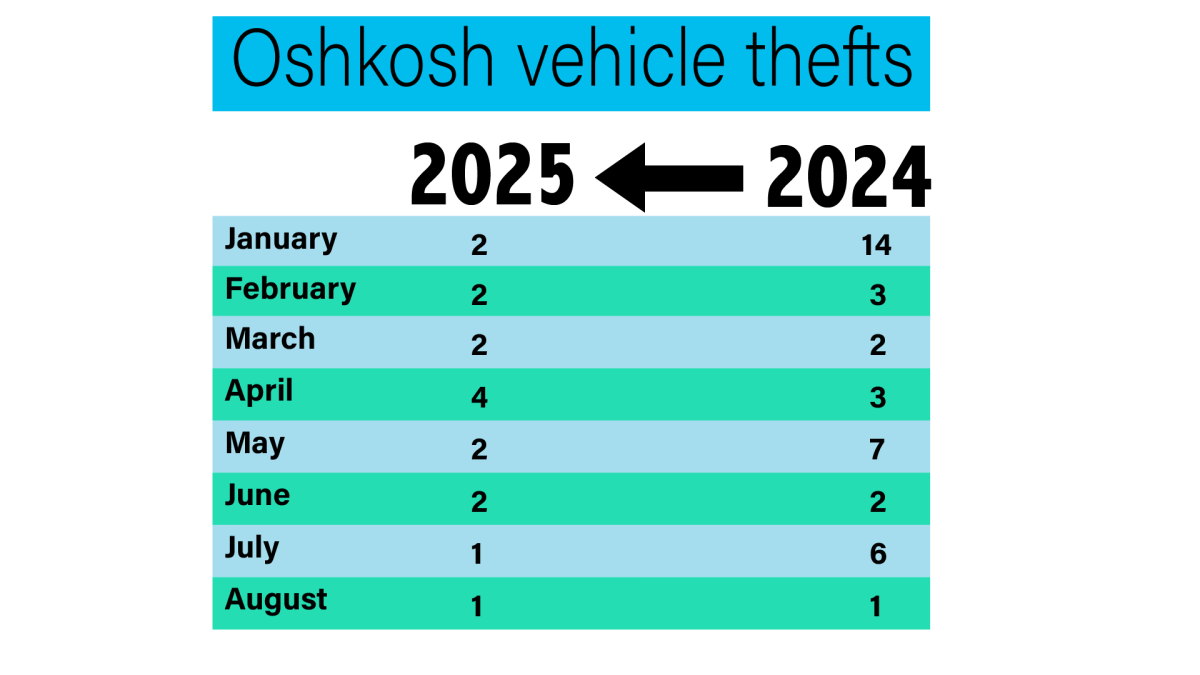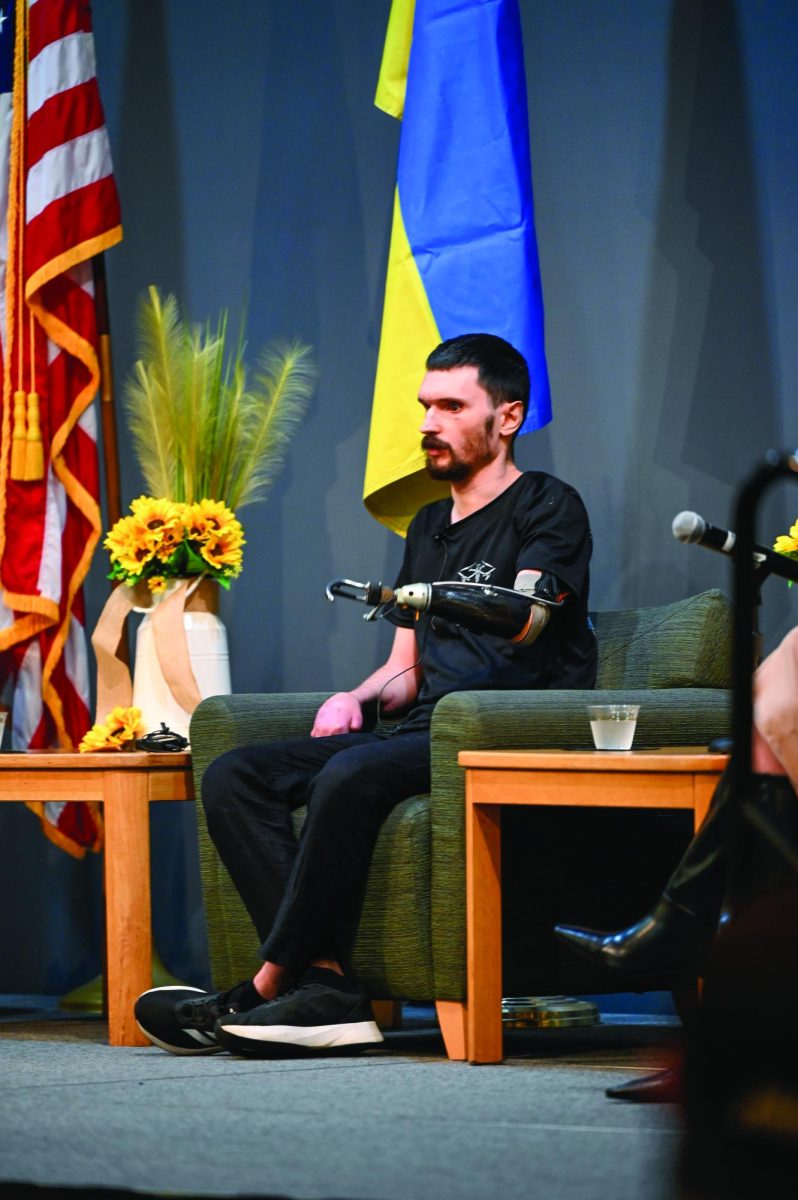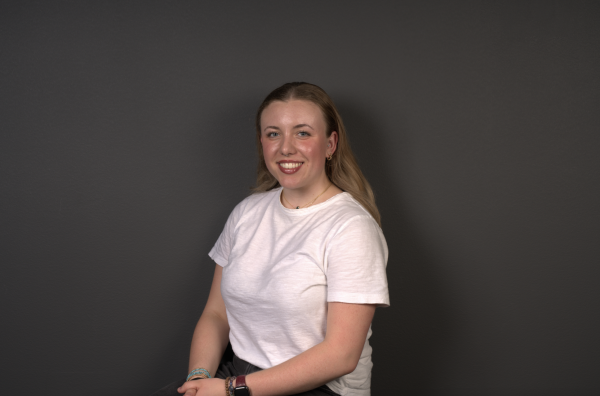UW Oshkosh Chancellor Andrew Leavitt stood behind a podium at the Culver Family Welcome Center wearing a sharp black suit and a blue tie.
Just outside stands the Student Rec Plex – a billowing inflatable structure that houses a full-size artificial turf football field. The walls of what UWo students call “the bubble” ripple as the blowers push just enough air in to keep it standing. A constant dull hum surrounds the complex.
It was the annual UWO convocation, a meeting held to welcome in the new school year and update the campus and surrounding community of the biggest updates to come.
Just last year, Leavitt and his new provost, Edwin Martini, had to announce an $18 million budget deficit that was going to result in layoffs and furloughs.
Behind Leavitt a large projector screen showed a bulleted list of objectives for the upcoming fiscal year. The first bullet point said “Hibernations: STEP, Rec Plex dome, others TBD.”
“… We need to take down the Rec Plex dome,” Leavitt said in his convocation speech. “It costs well over $100,000 a year to keep that hair dryer blowing 24/7, 365 to keep it inflated.”
Inside the brick structure that connects a small seating area and reception desk to the airlock chamber sat Jane Ciambrone behind a large white desk. She has been working for Student Rec and Wellness at the Rec Plex since last spring.
Caimbrone had known the university planned to take the bubble down.
“We talked about it in a couple of staff meetings,” she said.
When convocation happened on Aug. 29, a petition called “Preserve the Vital Athletic Recreation Bubble at UW Oshkosh” was created before the day was over.
On Tuesday, Sept. 3, student athletes gathered around the bubble to protest its closure. Some held signs, others led chants, and low and behold, that same day Leavitt attended the protest to let them know that he had decided to keep the bubble in operation for the rest of the academic year.
Olivia Naser, a sophomore and team manager for the football team, and Jon Mathieu, a senior wide receiver, sat quietly in a room on the third floor of Sage Hall talking about a meeting Naser had recently had with Leavitt regarding the bubble. Naser had started the initial petition.
Before the football team’s fan training camp, Naser and Mathieu agreed that they didn’t know the bubble was considered a temporary structure. They were made aware that the future of the complex was up for debate during training camp.
Naser said the wider campus community was made aware of the situation when she published the petition.
Mathieu quietly let Naser take the lead. She was sure of herself, and though she spoke in a monotone, it didn’t lack conviction. She was much smaller than him, but carried the confidence for the team. He nodded along as she talked about the bubble being a big selling point for recruitment.
Temporary structures like this one are a hot commodity in Wisconsin. UWO is the home to one of four bubbles in the state – the others being at UW-Madison, UW-Eau Claire and in the Wisconsin Dells.
In 2018, the official groundbreaking for the complex came after an increasing number of students began participating in intramural sports. The idea was that the complex would allow an active campus all year round, regardless of weather.
The initial project cost $7.2 million and was funded completely through student segregated fees and funds from reserves and bonds. This project had been approved before Leavitt took over as the chancellor. To this day, the bubble costs students around $8 a semester regardless of if they use it or don’t.
On the third floor of Dempsey Hall, Leavitt and the university spokesperson, Alex Hummel, sat behind a heavy wooden conference table. The room was modern compared to the marble halls and carved wooden walls of the old campus building.
Hummel asked around if anyone else wanted coffee or water as he waited for the machine to heat up. Leavitt looked exhausted, but the school year had only just begun. He wore a gray suit jacket with a UWO athletics polo underneath. Hummel was dressed in khaki slacks and a plaid button down shirt tucked into a leather belt.
Leavitt tried to seem ready for any question that might be thrown his way, but his eyes gave away the weariness. Hummel looked ready to jump into the conversation at any moment – a rather rehearsed routine the two of them have performed often.
“Some issues had started to materialize pretty quickly after we built it,” Leavitt said.
The bubble was meant to go up in the winter months and come down during the spring and summer. That way, students could enjoy the Osceola Street field that had been built across from the facility when the weather permitted it.
“The numbers that were originally projected for the cost of that made certain assumptions,” Leavitt said. “… that simply didn’t pan out.”
After the first year, they realized it cost almost $500,000 to put it up and take it down. The student fees allocated towards that process weren’t nearly enough to cover it, so then institutional money was needed.
Administration decided to keep the bubble up and running year round and athletics swooped in on an opportunity to use the complex for more indoor practices.
“The bubble is really important for the football team in the winter months,” Mathieu said. “It’s really important for those months where it’s too cold or too rainy or too snowy outside.”
Mathieu said that football uses the bubble three or four times a week during the winter months, but softball, baseball, club sports and others use it too.
“It’s not just a winter thing,” Mathieu said. “We use it for camps throughout the summer … it’s just really nice to have a dry space that is sheltered from the elements.”
The true problem is not how much the bubble is getting used. It’s used by physical education classes, sports teams and even community members. The issue is just how much it costs to keep that bubble from popping.
The air pressure inside has to be just right to keep the bubble standing. When entering the airlock, an obvious pressure change occurs. Sound becomes distorted – like hearing someone talk while you’re underwater.
In the winter, it requires snow removal so the sides don’t get too heavy. It has to be heated to a consistent 55 degrees so snow melts off the top, but it’s not cooled in the summer. The utilities bills have racked up higher and higher.
Once upon a time, the UW system paid each of the system campuses utility bills, but four years ago that changed. Now, that cost comes directly from a utilities budget within each university. If the university spends under that allocated budget, the system pays them out, but if the budget goes over, the university pays the system the remaining balance.
That change, plus inflation, made UWO’s utility bills skyrocket. Leavitt and last year’s Oshkosh Student Government decided that they wanted to lower utilities as another expense to help close the budget deficit. The bubble is not conducive to that plan.
On top of all of this, in a meeting Leavitt had with Naser, he told her that the bubble just didn’t make sense for UWO.
“He said that keeping the bubble up doesn’t align with our values of putting academics before athletics,” Naser said, glancing at Mathieu and letting out a huff. “But, in all truth, that’s not true at all because the phys ed department uses that, the kinesiology department uses that, a lot of different labs will even use that area …”
She said that he used the expenses to explain that the money from the bubble was needed to help restructure the academic departments.
“I think another point that kind of goes unnoticed is student employment,” Mathieu added. “Someone has to be at the bubble, so that supplies a student who may not have another opportunity to work somewhere else … to be able to make some sort of money to pay for college …”
Ciambrone loves her job. It allows her to pick up extra hours when the Student Rec and Wellness Center doesn’t have any.
“I would be [sad],” Caimbrone said when she reflected on what would happen if the bubble’s gone.
Besides the job opportunities, Mathieu called the bubble a mood booster – a place for all sorts of communities around campus and the surrounding community to come together and, well, play. Naser seemed to agree.
Naser and Mathieu said initially, they felt like the students, specifically student athletes, were not involved in the decision to take down the bubble.
When Leavitt decided to keep it for this academic year, he also put together a task force to guarantee each group on campus would be represented in the decision making process.
Naser, who’s petition has reached 2,970 signatures as of Oct. 15, felt better knowing that coaches and students were going to be more involved in the process going forward.
“At least [it’s] kind of nice to know that we have another chance to say this is important,” Naser said.
“I think that it’s just a little bit of a shock to even think about it being gone,” Mathieu said.
Leavitt said that the administration understood they had made a mistake when students began speaking out. It was obvious they were lacking student voices in the decisions being made.
Everyone decided to take what Leavitt called a “collective pause.”
Everyone stands at a stalemate. There doesn’t seem to be an easy solution to the bubble’s money and resource-sucking issues.
Ciambrone placed her elbows on the desk in front of her and shifted in the desk chair. She placed her hand under her chin as she pondered an alternative. The figure $100,000 bounced around in her head.
“Hmm,” she said. “I don’t know what an alternative would be.”
For now, it will remain standing while the university decides if it’ll burst.



